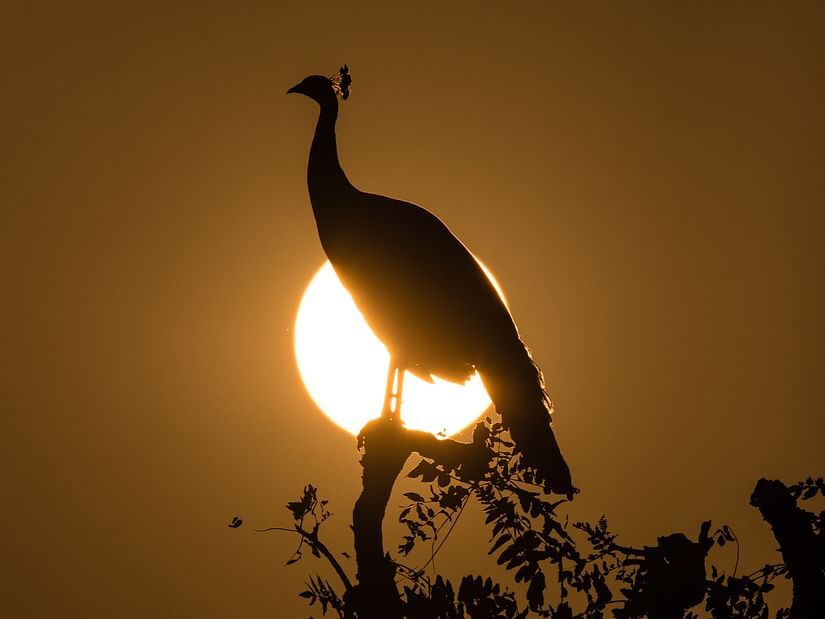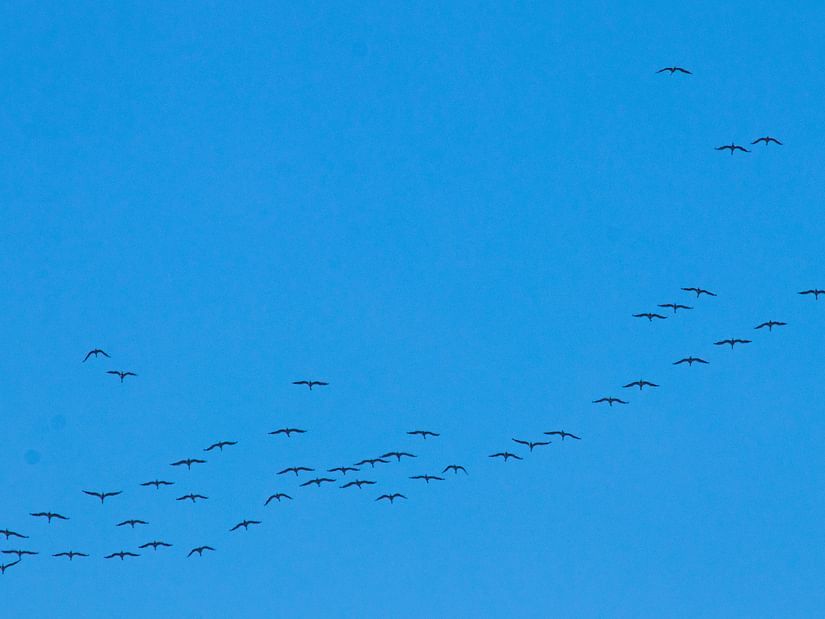- This Month in Wildlife Sightings #Jan2022
- This Month in Wildlife Sightings #Feb2022
- This Month in Wildlife Sightings #March2022
- This Month in Wildlife Sightings #April2022
- This Month in Wildlife Sightings #June2022
- This Month in Wildlife Sightings #Sep2022
- This Month in Wildlife Sightings #Nov2022
- This Month in Wildlife Sightings #Dec2022
- This Month in Wildlife Sightings #March2023
- This Month in Wildlife Sightings #April2023
- This Month in Wildlife Sightings #May2023
- This Month in Wildlife Sightings #June2023
- This Month in Wildlife Sightings #May2024
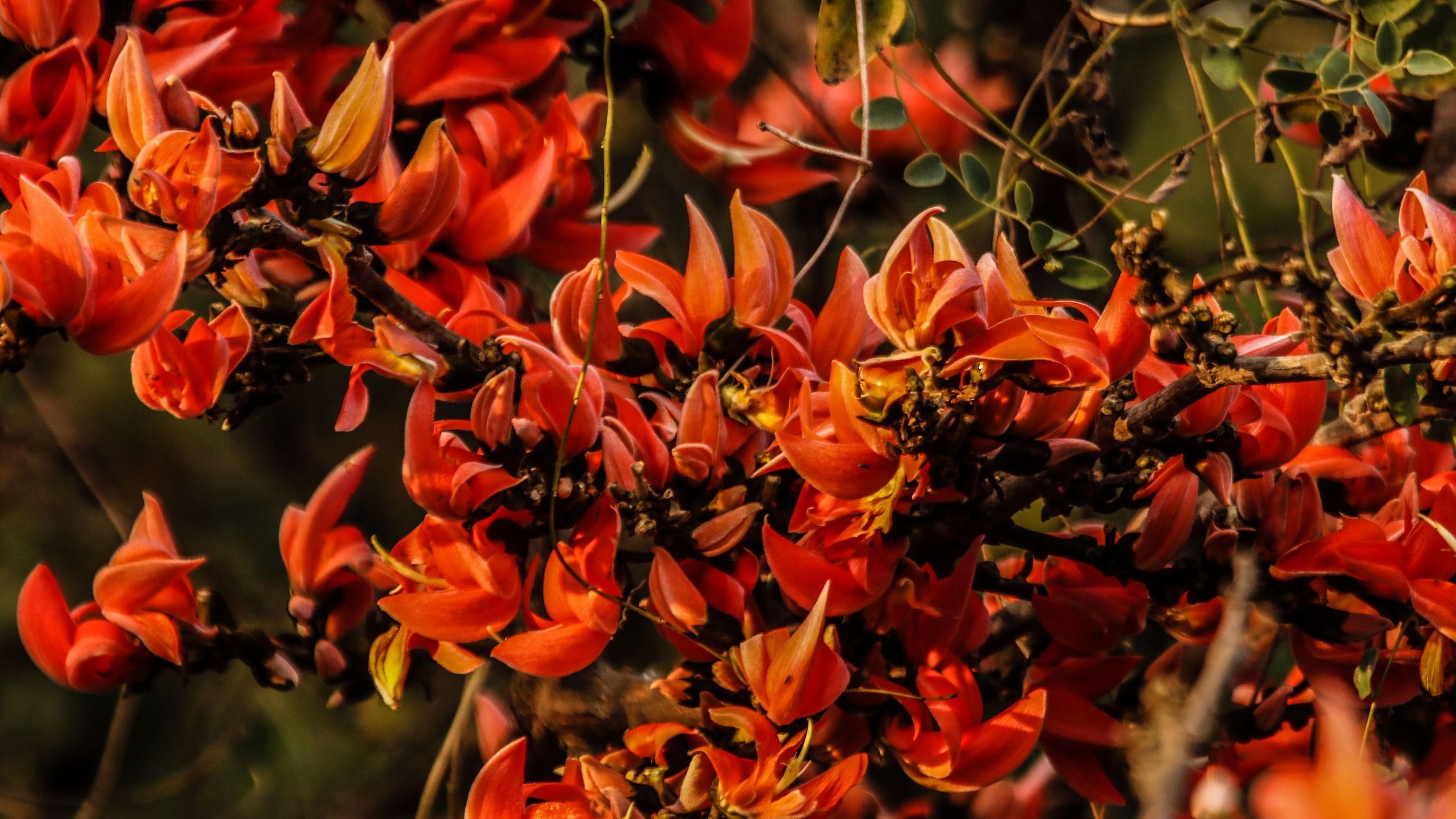
Off to a fantastic start to 2022, Varun documents the incredibly fascinating lion sightings in the changing landscape of Gir.
The dry deciduous habitat of Gir landscape receives approximately 800-1000 mm rainfall annually over a period of 3-4 months, during the monsoon. From verdant green leaves to fresh juicy fruiting trees, the food is in abundance right after the monsoon. But it does not stay quite the same for a long time. Post monsoon comes winter, which is also a time when the landscape witnesses a drastic change - from lush green forest full of water to a dry forest. It is incredible how the landscape changes and the animals adapt to the change so quickly.
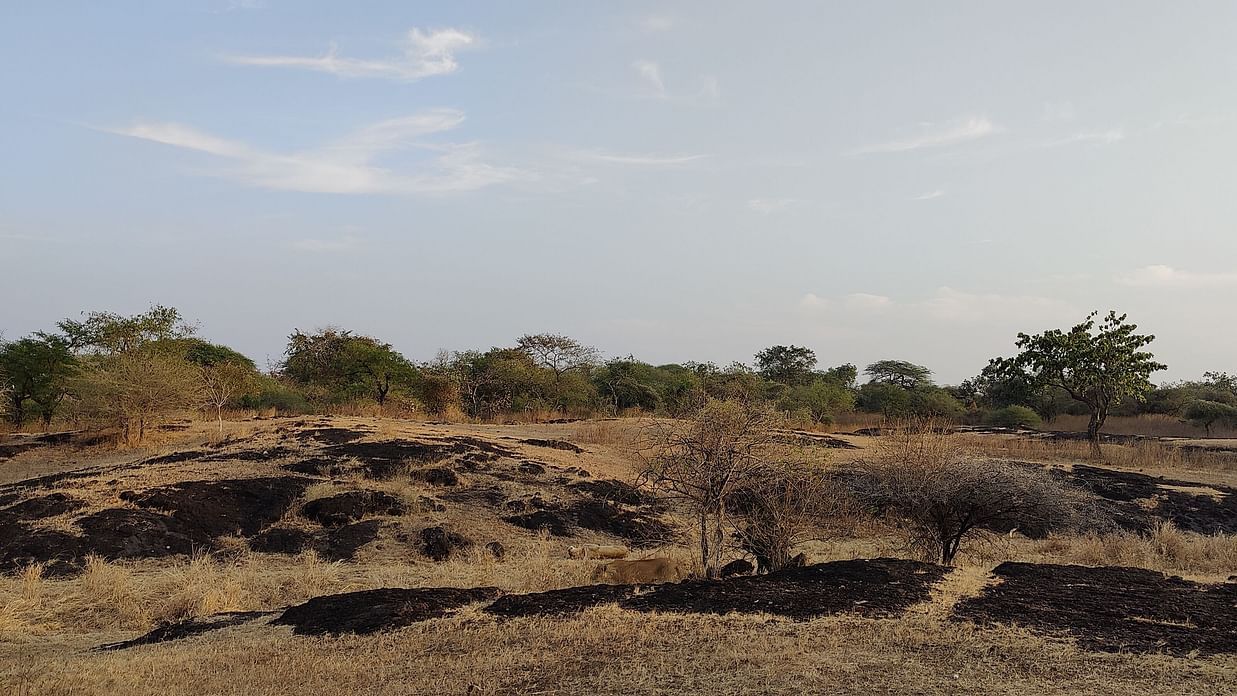
The dry landscape of Gir
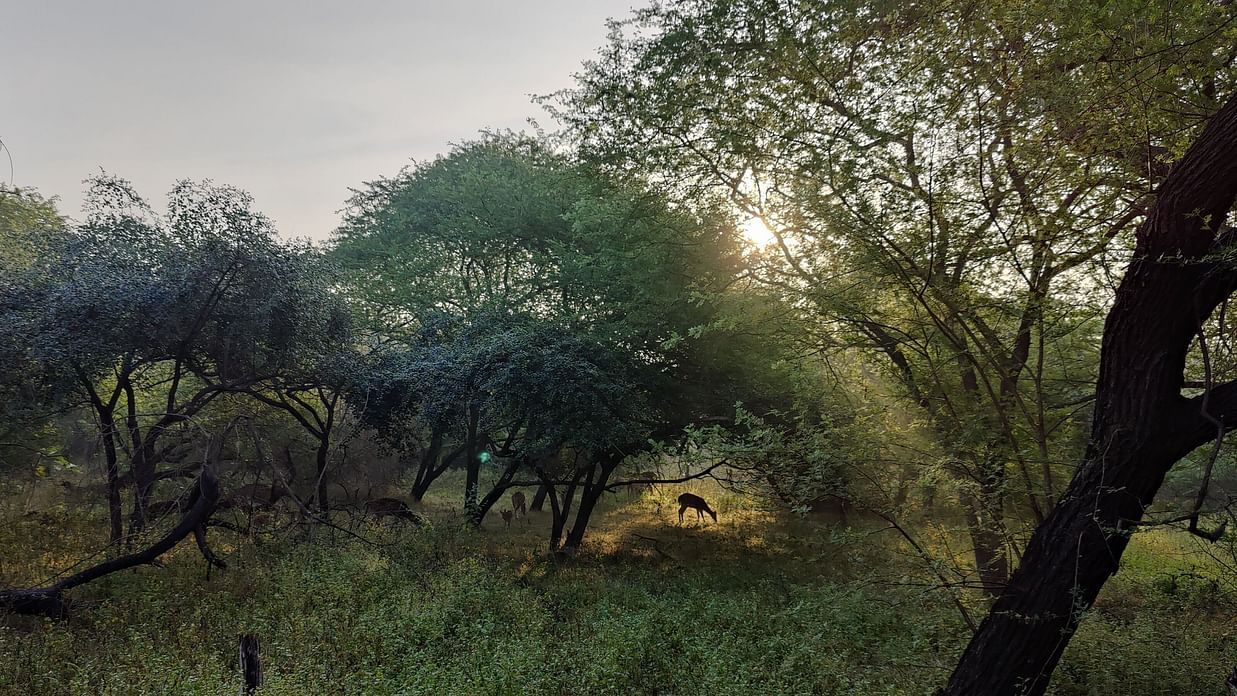
Post-monsoon vegetation
A pride of eleven lions – three lionesses and eight cubs have been taking great advantage of the changing landscape. Their coat blend in well with the dry vegetation which makes them stalk their prey with superb stealth.
Our guests have been lucky to spend time with this pride and get to know them up close. On separate occasions, we have observed them playing, feeding, stalking and doing what big cats do best – sleeping.
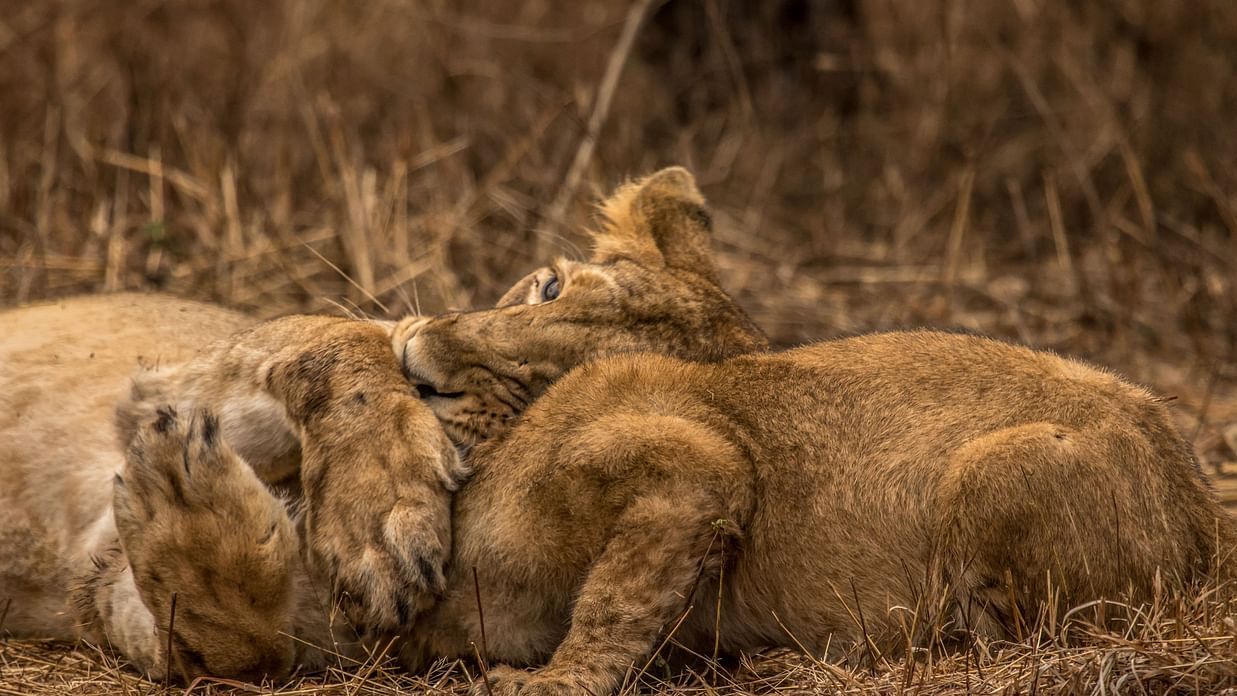
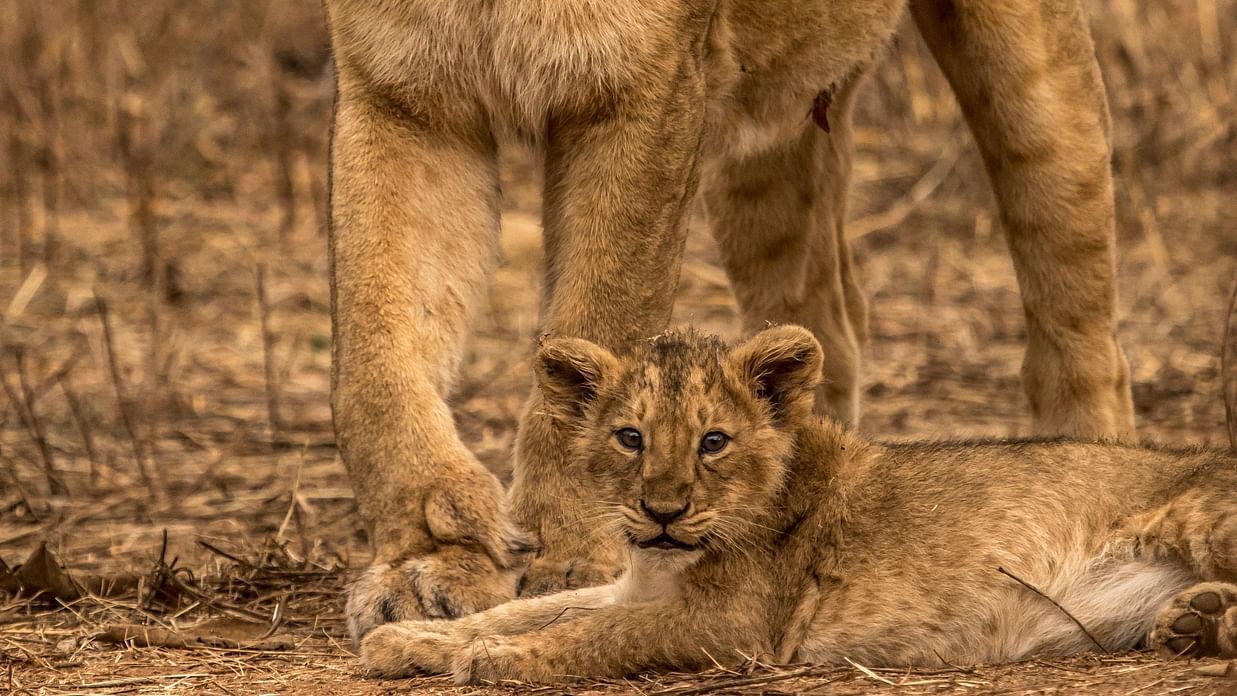
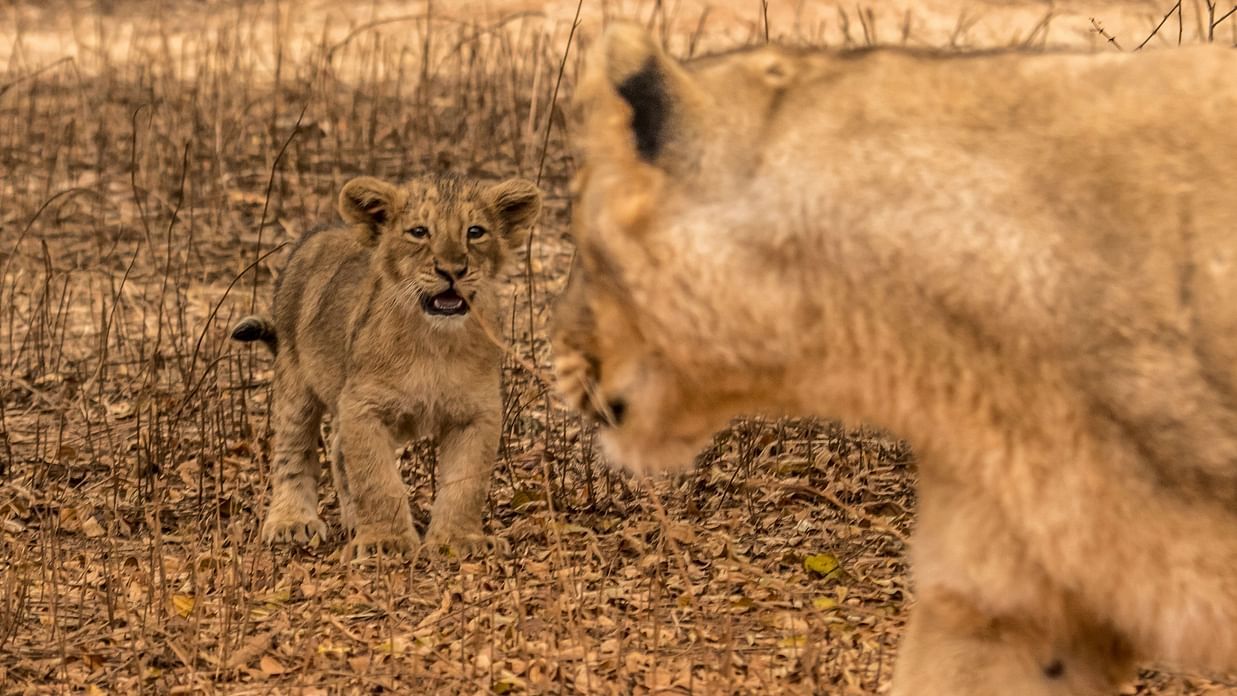
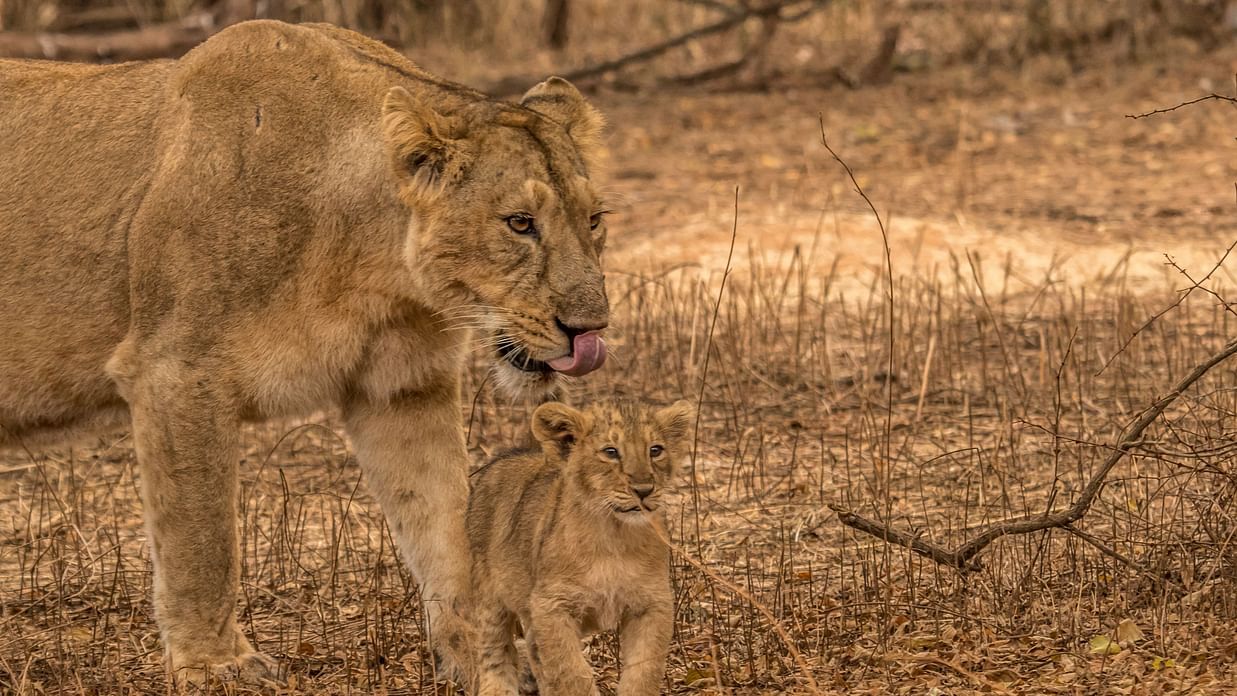
One thing unique about the lions of Gir is their ability to co-exist with humans, particularly Maldharis. Maldhari is a tribe that has been living in/around Gir National Park for centuries. Lions feed on and still hunt the cattle owned by the Maldharis, however, there is a sense of mutual understanding which makes this co-existence possible and fascinating to say the least.
On one fine evening whilst on our afternoon safari, we stopped by a ness. About 100 meters from the ness, we saw two lions sitting patiently and keeping an eye on the buffaloes who were heading to drink water. Surprisingly, we were not the only ones who spotted the lions; there were kids from the ness who saw these lions stalking their cattle. However, as soon as the lions spotted the kids, they simply decided to walk off. It’s a way of life - nowhere else to be seen.
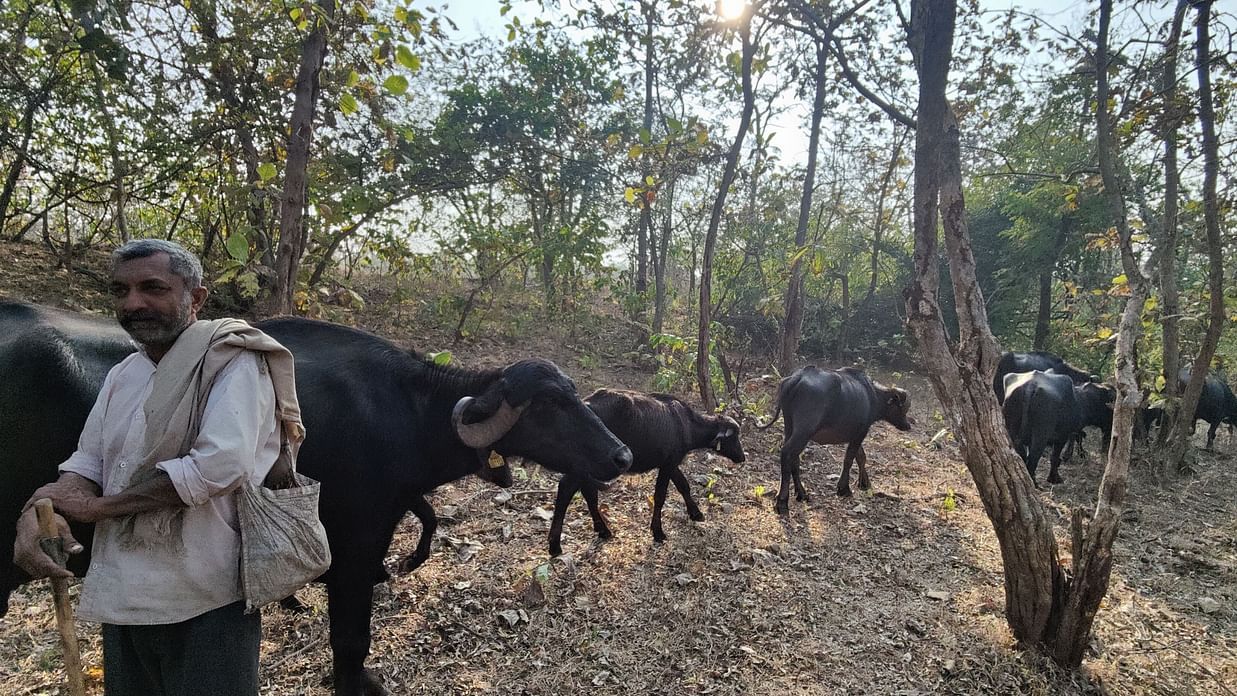
A Maldhari herding his cattle back to the ness
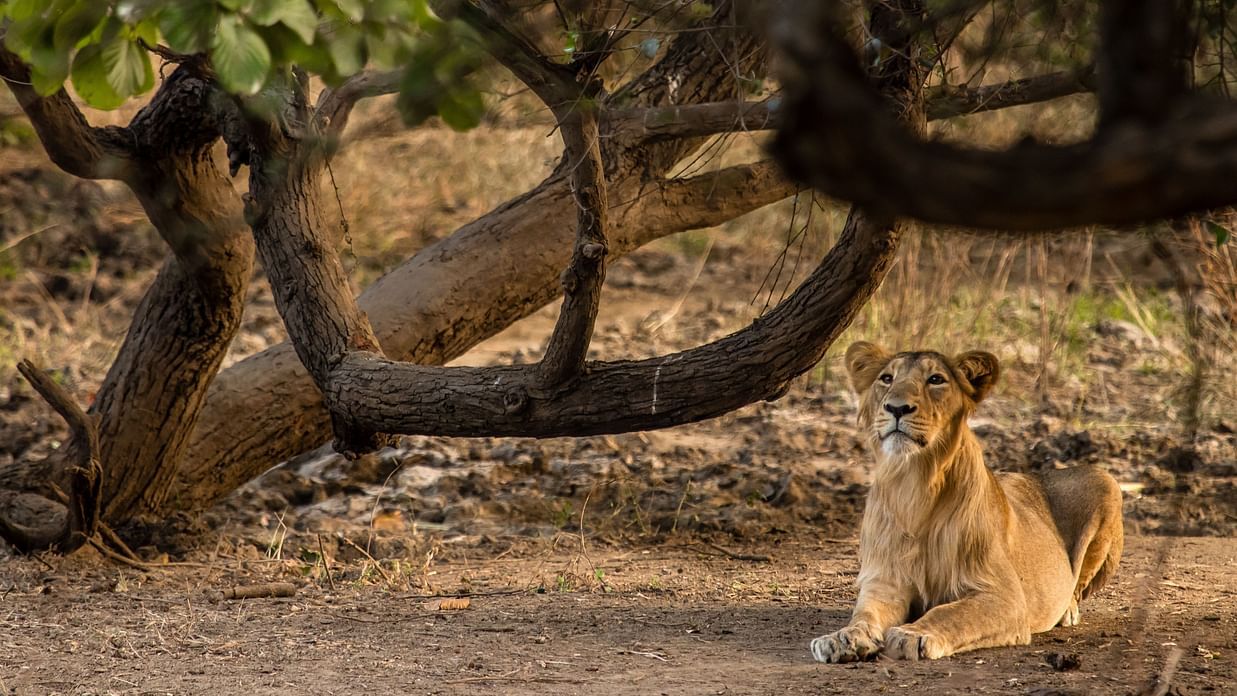
Lion, about a 100 meters away from the ness
The changing landscape of Gir is an aesthetic delight – the withering of leaves means the arrival of blooming flowers. Various trees are flowering at the moment and a few go unnoticed like the famous ghost tree. Never forgotten once seen, it is a remarkable tree to look at when in full bloom.
Banyan trees also have figs on them which is a feast for many birds, insects and mammals.
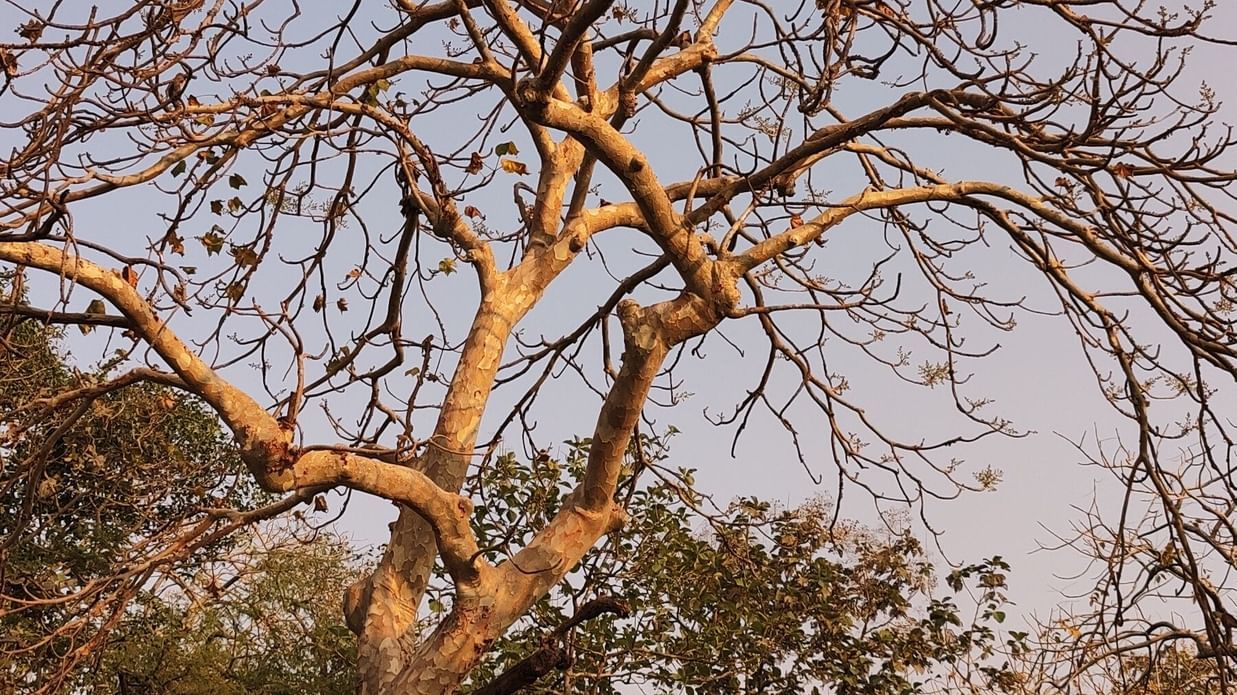
Ghost tree with flowers
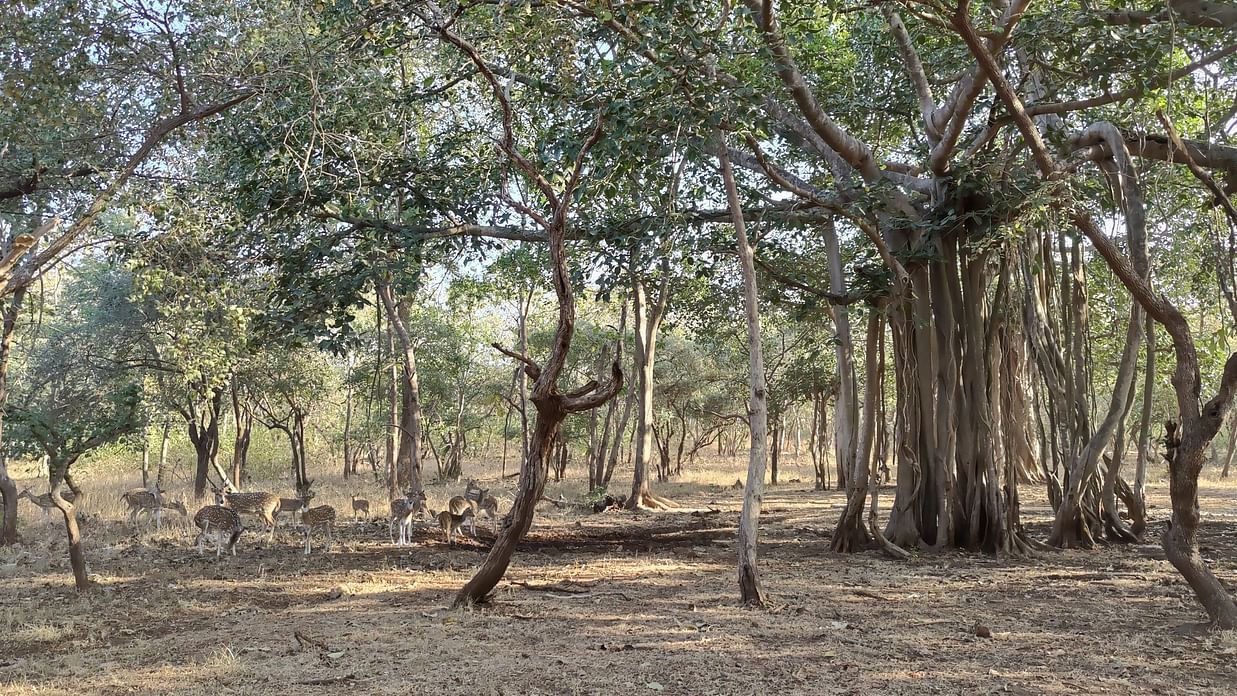
Deers feeding on banyan figs
The showstopper tree at this time of the year is the flame of the forest, locally known as ‘Kesudo’. The bright red flowers are not just pretty to look at but also form a major part of many birds' and insects' diet. With an abundance of pollinators, the flame of the forest borders our lodge.
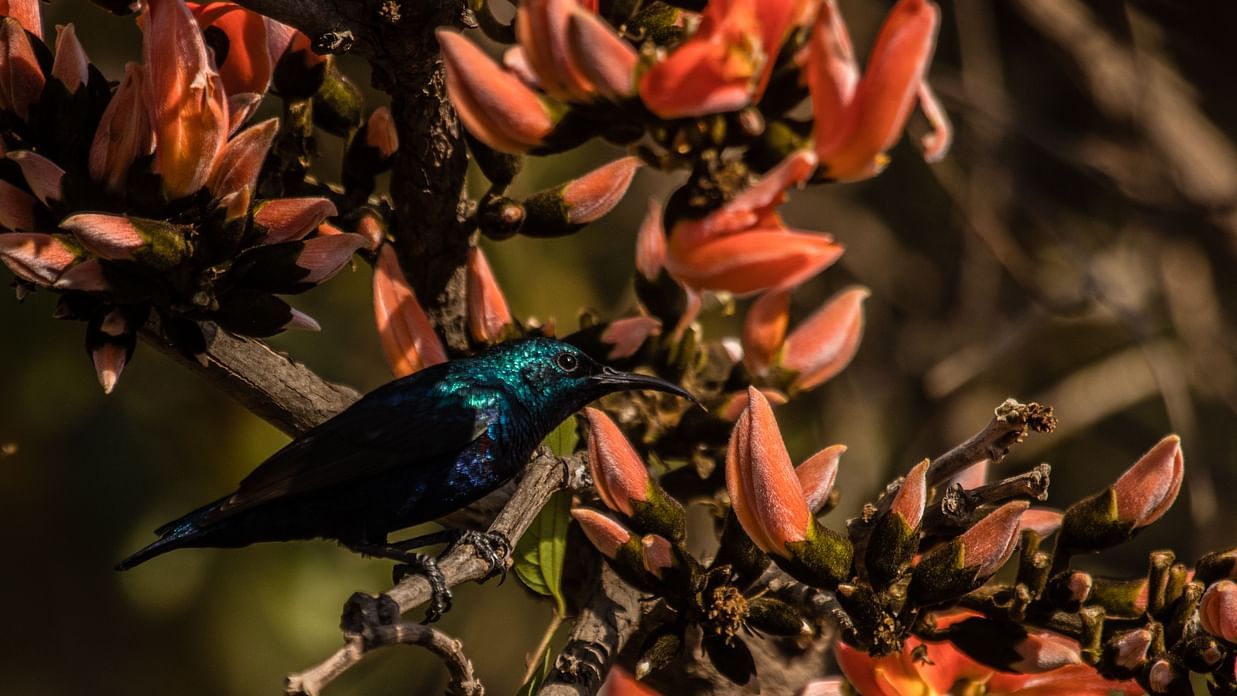
Purple sunbird - male
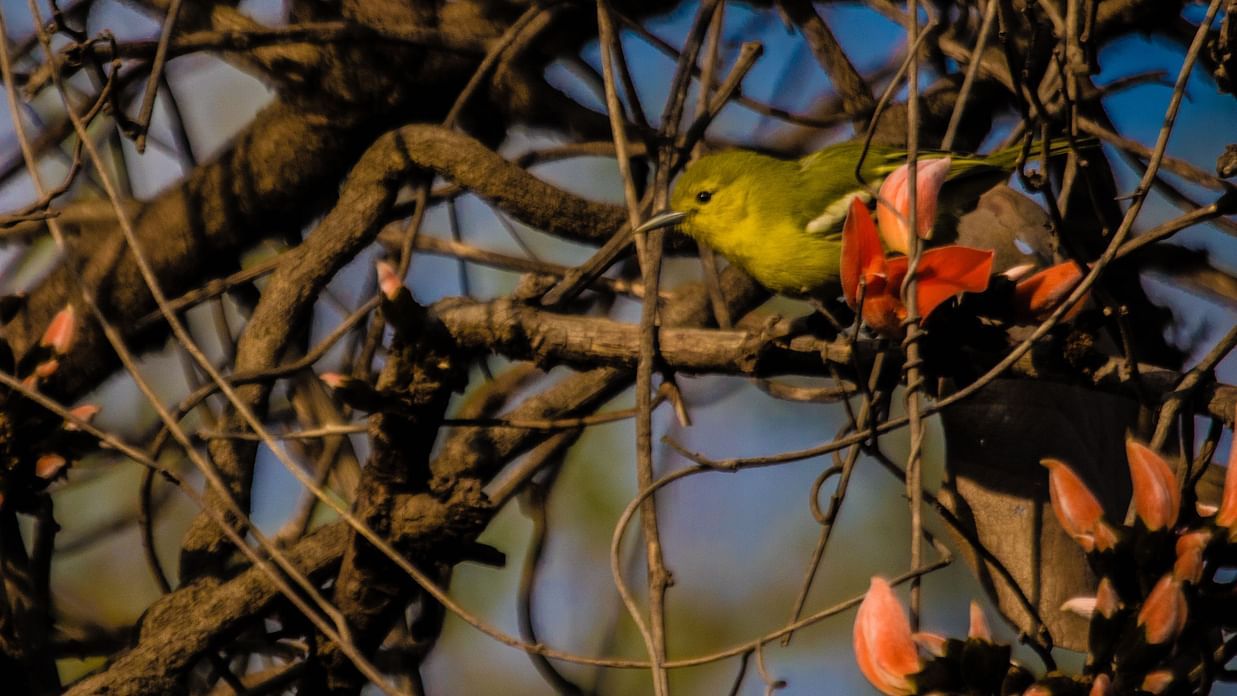
Common iora

Cinereous tit

Yellow-throated sparrow
Over 300 birds are recorded from Gir and its surroundings - many of which are migrants, both summer and winter. During this time of the year, many birds of prey find their way to Gir, such as Greater spotted eagle, Booted eagle, Bonelli's eagle, and Amur falcon, amongst others.
A sighting of these birds is always exciting. Even better when a peacock helps you spot one. Like many other birds, peacocks give alarm calls when they sense danger. They puff their neck feathers to make themselves look bigger (and better). We found one booted eagle soaring up in the sky after observing peacocks with their warning signs.
One sighting that surely topped the charts was of a flock of Demoiselle cranes seen flying right above our lodge.
